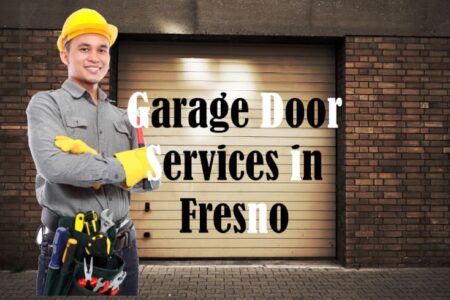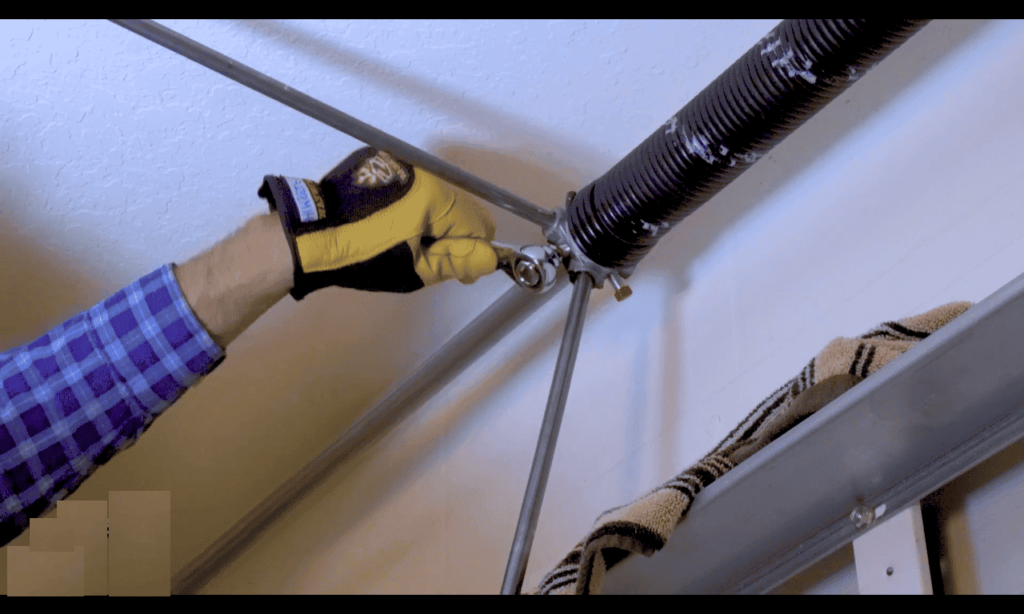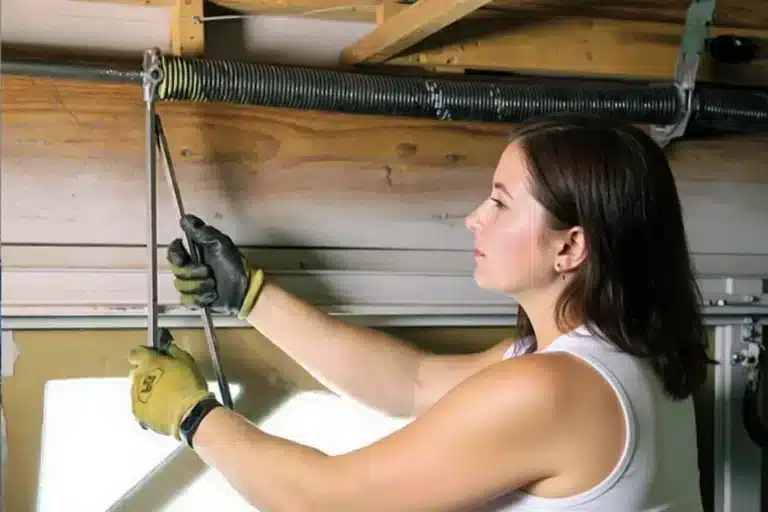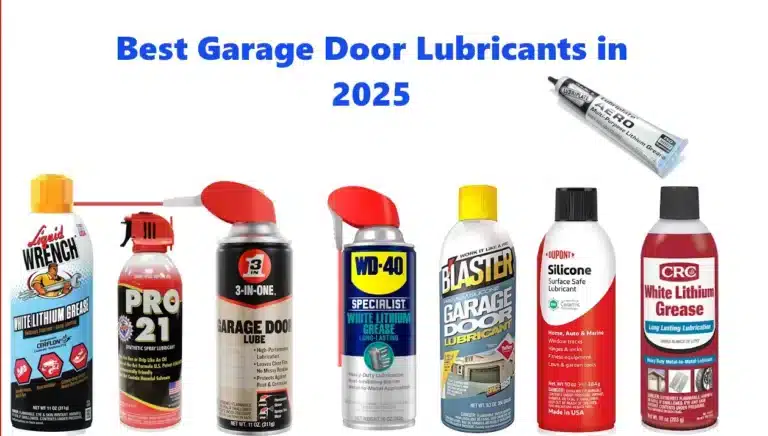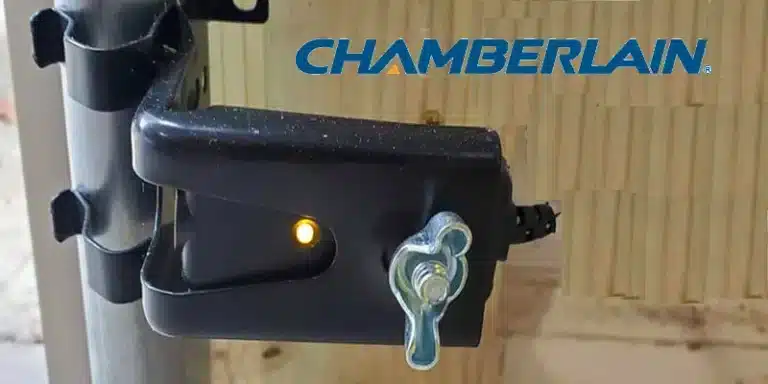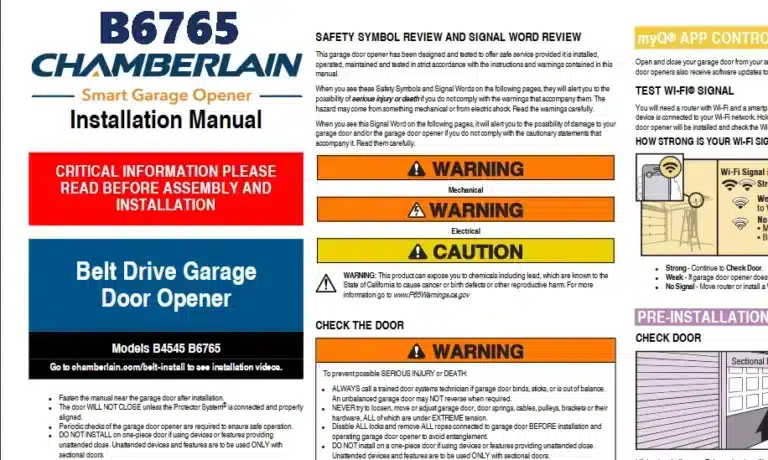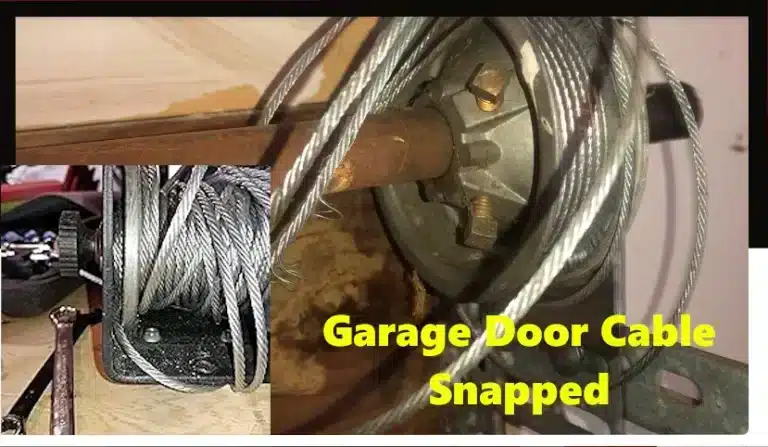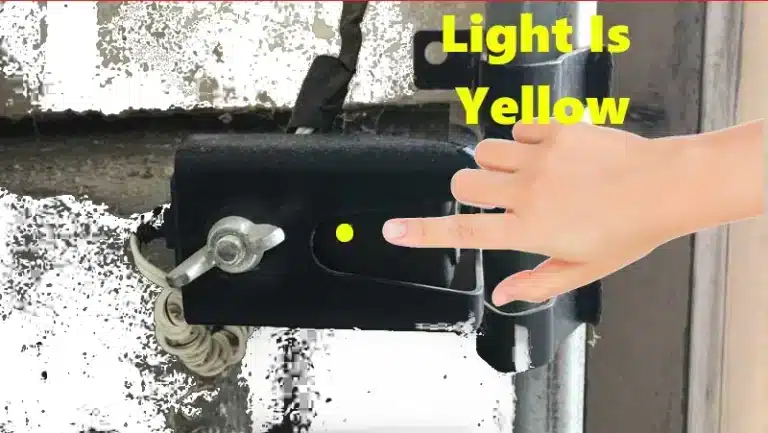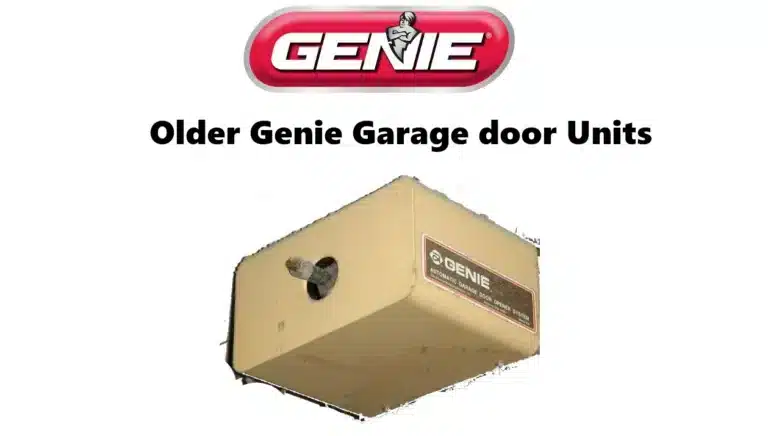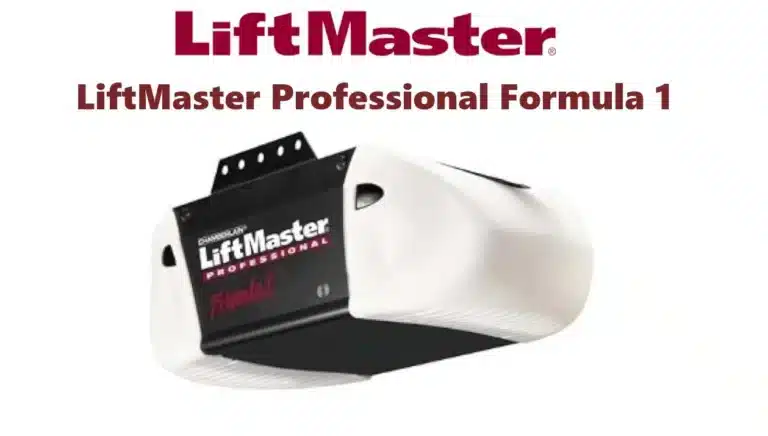The operating of your garage door mostly depends on garage door springs. These springs, torsion or extension, carry the weight of the door when it opens and closes. From their regular use, garage door springs are under a lot of stress and tension that over time could lead to degradation. Maintaining the lifetime of these springs depends on good maintenance; this will also guarantee the safety of your garage door system and assist to prevent costly repairs or replacements.
In this post we will discuss the maintenance methods needed for both torsion and extension springs, review the indicators of wear and tear, and underline the requirement of regular adjustments and lubrication. By the time the article finishes, you will be able to more successfully maintain your garage door springs and reduce your risk of system breakdown or accident incidence.
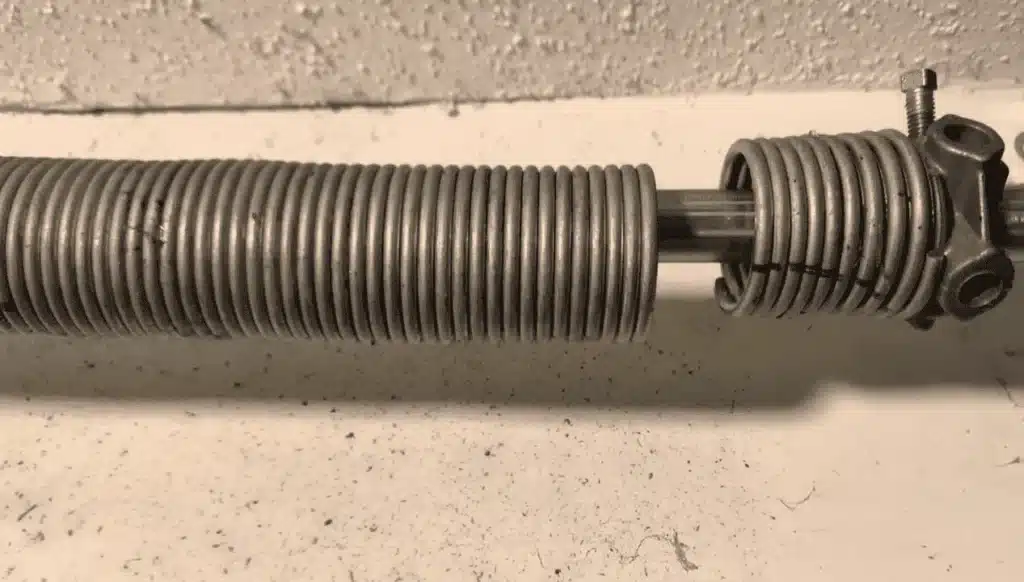
1. Why Maintenance is Crucial for Garage Door Springs
Springs in garage doors are under continuous tension. Often hundreds of pounds, these springs stretch and compress every time you open or close the door, handling the whole weight of the door. This constant motion over time weakens the springs. Without appropriate maintenance, springs may break, rust, or become brittle, thereby badly damaging the door or maybe injuring everyone nearby.
Regular maintenance keeps your garage door in proper functioning, increases the lifetime of these springs, and helps to prevent unplanned breakdowns. More importantly than making sure doors close and open is insuring safety.
Key Benefits of Regular Spring Maintenance:
- Prolonged Lifespan: Long lifespan of well-maintained springs helps to lower replacement frequency.
- Improved Safety: Enhanced safety helps to stop unexpected breaks that can cause major injuries or property damage.
- Cost Savings: By tackling problems before they become more severe, one avoids costly emergency fixes.
- Efficient Operation: keeps the door moving freely, therefore lessening of strain on the garage door opener and other parts.
2. Understanding the Differences Between Torsion and Extension Springs in Maintenance
Understanding the variations between torsion and extension springs is crucial before delving into particular maintenance chores since they demand very different treatment.
Torsion Springs
Mounted horizontal above the garage door are torsion springs. As the door opens and shuts these springs wound and unwind. Operating under great tension, they need professional handling for maintenance or repairs to prevent damage. Although they usually last more than extension springs, torsion springs still require regular maintenance to guarantee best performance.
Extension Springs
Along the garage door’s sides lie extension springs. With every door action, these springs both stretch and shrink. Mostly because each spring runs separately, which can lead to unequal wear, they are more prone to damage than torsion springs. Safety cables are common on extension springs to help to prevent mishaps should they break.
3. Signs of Wear and Tear to Look Out For
Frequent garage door spring inspections help you find likely issues before they become major. These typical wear and tear indicators guide your decision on whether replacement or maintenance for your springs is required:
1. Visible Rust or Corrosion
Among the greatest adversaries of garage door springs is rust. Clearly the springs are degrading if you find rust developing on them. Rust degrades the metal, increasing its breaking tendency. Lubricating the springs often helps to stop rust from developing.
2. Gaps in the Springs
Usually, a clear gap in the coils of your torsion or extension springs points to a failing spring. The spring has stretched too far and cannot now properly contract, so a gap results. Here the spring will have to be changed.
3. Slow or Jerky Door Movement
A garage door showing jerky action or slower than usual could indicate a spring loss of tension. Should the springs prove insufficient in force, the opener has to work harder, therefore stressing the entire system.
4. Unusual Noises
If your garage door sounds like grinding, creaking, or popping, the springs could need lubrication or might be near breaking.Regular lubricant use helps the springs travel more smoothly and lessens some noise.
5. Imbalance in the Door
Should the door travel half opened or if one side of the door seem lower than the other, it could point to a failing extension spring on that side. Torsion springs can also lead to instability should they lose tension.
4. Maintenance Tasks to Extend the Lifespan of Garage Door Springs
To keep your garage door springs in optimal condition, regular maintenance is essential. While some tasks can be performed by homeowners, others require the expertise of a professional due to the high tension these springs are under.
1. Regular Lubrication
Lubrication is among the most critical housekeeping chores involved in garage door spring maintenance. Simple spring movement helps to lower friction and wear. Apply a premium garage door lubricant designed especially for springs all throughout their length. Every three to four months lubricating the springs will help to prevent corrosion, greatly lower noise and wear, and assure smooth operation.
2. Visual Inspections
Your springs should be frequently visually checked for wear including rust, corrosion, gaps, or unequal tension. Check your springs at least once every three months, particularly in locations prone to severe storms when moisture or salt could speed corrosion.
3. Tension Adjustments
Springs lose tension over time, so their capacity to raise the door suffers. This can result in an improperly opening or closing door. Particularly torsion springs need sporadic changes to keep the proper tension level. Professionals should always handle this job since changing the tension calls for handling high-tension springs.
4. Replace Springs Before They Break
Garage door springs have a limited lifetime—usually between 7 and 10 years—dependent on use even with regular maintenance. You really should replace them before they break. Waiting until a spring snaps could cause damage to your garage door system or perhaps injury.
5. Check the Balance of the Door
An unbalanced door strains the springs excessively, which accelerates wear. Disconnecting the opener and physically lifting your garage door halfway will let you check its equilibrium. Should the door remain in place, the springs are in equilibrium. Should it move up or down, your springs might require some change.
5. Safety Precautions: Why Some Maintenance Should Be Left to Professionals
Though many of the basic maintenance tasks—visual inspections and lubrication, among others—can be done by homeowners, garage door springs are under considerable tension. Dealing with them could cause significant harm or injury.
Professional technicians have training in handling the great tension in both torsion and extension springs. They have the proper tools and skills to safely replace, fix, or modify springs without running the danger of damage. Consequently, professional should always handle jobs involving changing spring tension, replacing broken springs, or installing new springs.
6. When is it Time to Call a Professional?
While frequent maintenance will prolong the life of your springs, eventually they will have to be replaced. If you observe any of the following, you would be best off consulting a professional:
- A loud bang or snap indicating a broken spring
- Difficulty opening or closing the door
- The door feels heavier than usual
- The door is visibly crooked or imbalanced
Early professional calls help to prevent more severe damage to your garage door system and possible accidents.
Conclusion: Leading into the Next Article
Maintaining the lifetime and security of your garage door system” depends on keeping your garage door springs intact. Your springs should be routinely inspected and lubricated; wear and tear searches will help them survive significantly longer; let professionals handle difficult jobs. This will assist to prevent catastrophic events or expensive repairs.
Still, garage door springs will finally wear out and must be changed regardless of greatest of care. “When to Replace Your Garage Door Springs: Signs, Costs, and What to Expect,” our next piece will cover how to tell when it’s time to replace your springs, the usual expenses involved, and why timely replacement is so important to the safe running of your garage door. Stay tuned to discover more!


